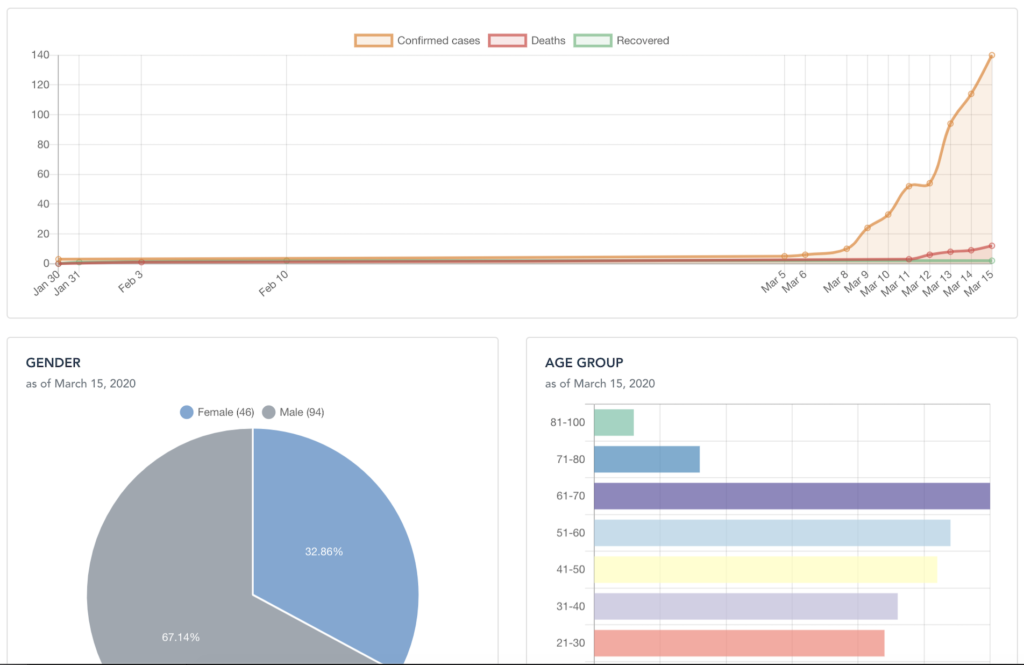It’s been two days since the Department of Health (DOH) announced the death of the second 2019-nCoV case in the Philippines. After the official report and statement has been released only a day after the patient died, the department’s transparency was highly questioned and criticized. Some Filipinos outside the country couldn’t help but speculate a media blackout as there were only a few news/information about the true state of the country amidst the global pandemic crisis.
Confirmatory test results for PUIs are taking forever
A private hospital in Metro Manila has 25 (and counting) PUIs since January 22. All of these patients’ samples have been sent to the Research Institute for Tropical Medicine (RITM) to be subjected for testing for the 2019 novel coronavirus. At the moment, DOH released the tests results for only seven of these cases. That is even after we received our own confirmatory test kits for the virus and even after the Japanese government extended their hand to offer help in testing the suspected cases.
Fortunately, all of the seven test results are negative. The other cases, either are all still on pending status or the department just chose not to disclose. Whatever the reason is, the delay of the releasing of the test results worsen the situation a million times.
Most of our hospitals do not have the capability to quarantine that great number of patients all at the same time. We just don’t have this kind of facility. It’s rare to find a hospital in the country with more than three isolation rooms (not to mention negative pressure rooms). Even large, seem-to-be capable, private ones deny transfer of PUIs from other hospitals that couldn’t handle the volume anymore. Whether it’s to maintain their status as “the hospital for the VVIPs” or just simply for precautionary measures, this decision sure isn’t helping the situation.
Hospitals that currently have more PUIs than they could handle had no choice but to send home the “less vulnerable” patients so they could admit the severe ones. Note that all of these PUIs have travel history to China and exhibit at least one of the symptoms. Yet, hospitals had no choice but to discharge them before they could be even confirmed negative for 2019-nCoV.
Clearly, this isn’t even a mediocre health care system.
Coronavirus statistics
As of February 3, 2020, with 17,383 confirmed cases and 362 deaths reported, the novel coronavirus mortality rate is at approx. 2%. The 2003’s severe acute respiratory syndrome’s (SARS) fatality rate is much higher at 9.6%. However, do not let these numbers fool you. There are only a total of 8,096 confirmed SARS cases (with 774 deaths) in a span of nine months whereas the number of confirmed novel coronavirus already doubles this figure in a course of just one month. The mortality rate is keep low at 2% as the number of confirmed cases rises dramatically together with the death toll.
This post is not here to scare the public. This is solely for everyone’s awareness and hopefully, will serve as a call to the DOH to be more transparent and effective and efficient.
For the public, always practice hand hygiene and proper cough etiquette.
Let’s not put our guard down and continue to demand improvement and accountability!

